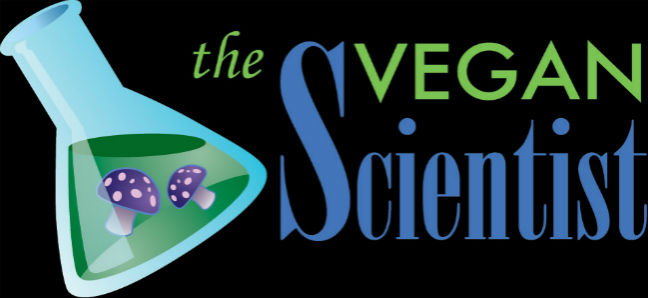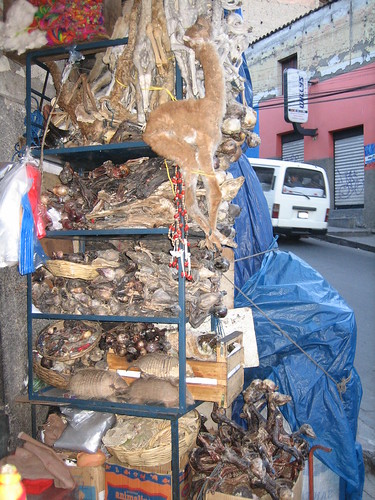
I figure there is a bit of overlap between vegans and environmental-types (myself being one with a foot in both camps), so I am going to post an occasional series on green issues in the lab. I don't think I'm stepping on anyone's toes here, plus all the blogs and teevee shows all are emphasizing green stuff, maybe this is all I need to be cool.
For the first installment of the Leafy Green Scientist (like it?), I shall review the edek™ Enviro-Ergo-Friendly Pipet Tips from ISC BioExpress. I will say at this point that I have received no compensation for this review in any way. I have only received a few sample tips from ISC, but only from my regular job as a lab rat and not for purpose of review.
When I first heard about these tips, I was excited. You don't see environmental issues being given much consideration with many of the products you order in the lab. But as I said, people are thinking green, and these pipette tips are an example of that. I saw them in another lab, and decided to check them out.
The edek™ boxes are paperboard, unlike most tip boxes which are high-density polyethylene (HDPE) or a similar plastic. And that is the extent of the green-ness of this product.
How is that green? Well, paperboard is recyclable. Which is good, but so is the plastic in regular tip boxes. Plus many scientists love to reuse the plastic boxes, either use with new racks of tips, or for other various lab uses. I've used them for everything from disposing of waste tips to blocking western blots. I suppose one could also reuse the paperboard boxes, but since they are not as strong or waterproof, their uses are more limited.
Paperboard is also biodegradable. Plastic is not, but then again I don't see many compost bins in labs. Nor recycle bins for that matter. If you don't have both in your lab let that be a big fat hint for what to do when you're waiting for that agarose gel to run.
So what's up with these tips anyways? Well, the real innovation is the addition of a rubbery TPE (thermoplastic elastomer) section to the top of the top, near where it grabs onto the pipettor. This makes it easier to seal onto the pipettor, in my testing. Since less force is needed to make a seal, a strong plastic box is not needed, and a cheaper paper box can be used. This can also be low-impact on your wrist when you put the tips on, but in my testing I still tended to jam it on there. Maybe that would change with continued use.
The implementation of the paper box in this case is one rack per box: There is no refill system. I'd think if they really wanted to be green they'd have refills.
Another caveat I saw in these pipet tips is that while TPE is conceivably recyclable, I have yet to hear of a commercial or residential recycling program that accepts it, especially an item that is part TPE and part polypropylene. Sure, most of us couldn't recycle any tips we use, even if we wanted, because they'd be contaminated with one thing or another. But I have recycled some of my tips in the past (especially if I'm just pipetting water or something). If I used these tips I definitely could not.
About the only concessions I'll give to the edek™ for green cred is that the box is not made from petroleum, and that some of the inks on the box are soy-based. Everything else I think is a bit of greenwashing, unfortunately. I may be being a hater, and shooting down someone for atleast trying to be greenish, but I want to call it how it is. I hope that ISC doesn't give up, but instead tries harder. You can do it! You'd already doing better than Fischer, as far as I can tell. Just don't stop there.
If any of you readers know of any other products I should review, either environmentally- or animal-friendly, just comment below.








